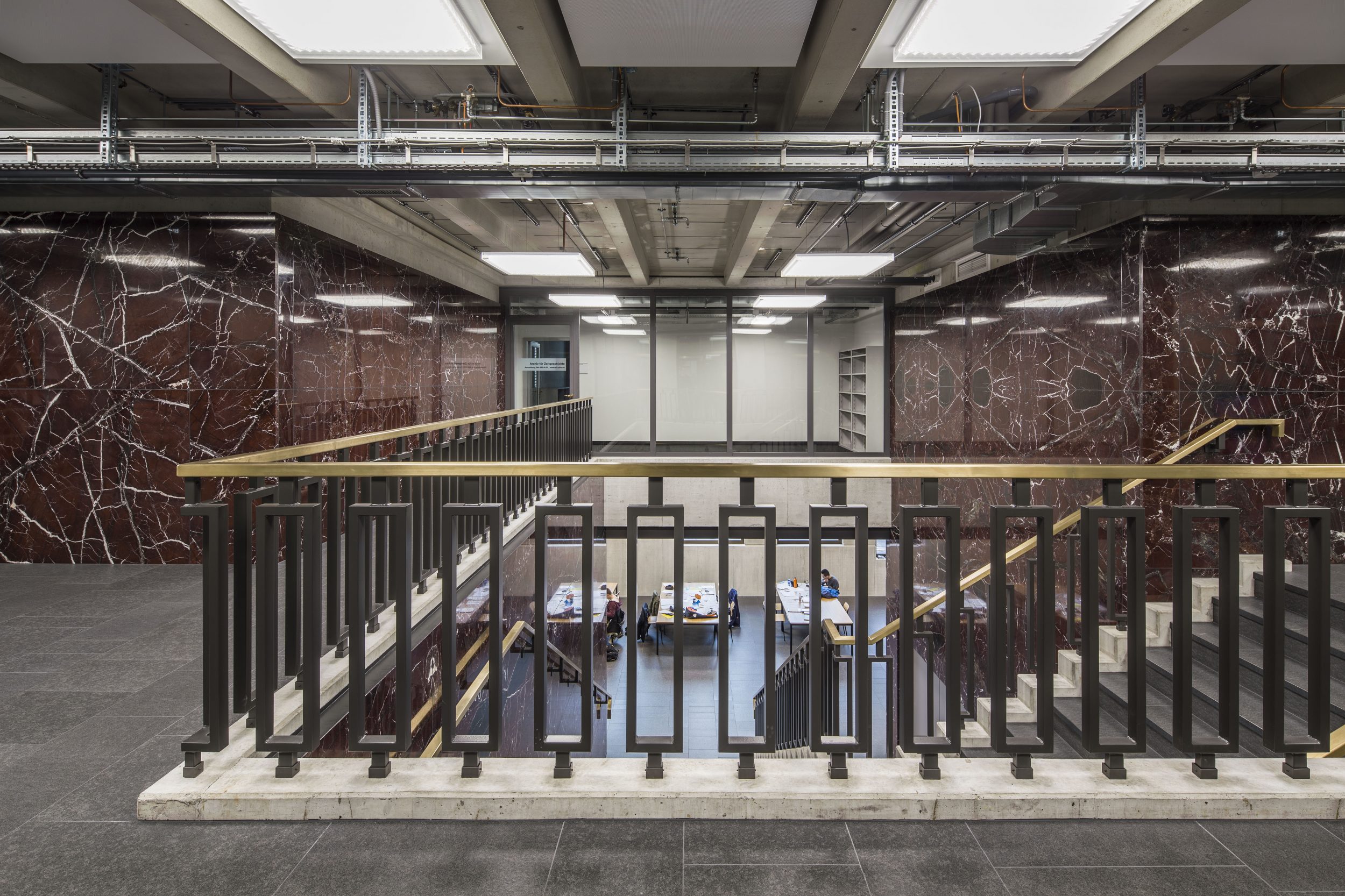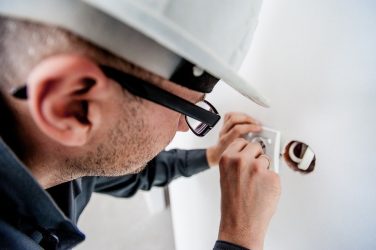To cater for rising student numbers and a greater volume of research work over the coming years, ETH Zürich produced a long term master plan for the development of the university. The first stage of this plan saw the construction of a large new building, known as the LEE, near to the main ETH building. Designed by architect Fawad Kazi, this is the first new building for ETH in the city centre for 20 years. The central tower with its 11 storeys and the two low level side wings have been constructed in the modern functional style.
‘The ETH did not want a fashionable building but one that was functional,’ explained Drazenka Dragila-Salis, director of the Buildings Infrastructure Department at ETH. In addition to an innovative building system and media technology, sustainability played an important role in the construction. The LEE has been certified in accordance with the Minergie ECO standard which means that it not only meets the high requirements of energy-efficient operation but also complies with strict regulations regarding ecology and health. With its outstanding energy balance and high quality of light, the installed LED lighting system is the ideal complement to this overall building concept.
The architectural office of Fawad Kazi and the lighting designers at Reflexion AG worked closely together on the concept for artificial lighting in the LEE building. One luminaire type, the cuboid Minergie, has been used throughout all the functional areas of the building including seminar rooms, auditorium, offices, corridors and walkways.
The cuboid Minergie luminaire was developed by Kaspar Moos AG and the strict remit from the architect and the lighting designers called for minimum height, high efficiency, absolute freedom from glare, and no indication of the LED light points on the luminaire cover. ‘When it came to selecting the light sources we chose TALEXXengine QLE LED modules from Tridonic and the matching drivers’, said Roger Müller, sales director at Kaspar Moos AG. ‘With a mounting height of only 5.5 millimetres, the square LED modules enable the luminaire body made from microprismatic PMMA to have a particularly low profile. This low profile design of the LED luminaires was also helped by the fact that the QLE is self-cooling. This means that there is no need for a separate heat sink to ensure an optimum temperature range for operating the LEDs.’
Another important benefit of the LED modules in this project was the system concept. On the one hand, Tridonic offers the appropriate drivers and plug-in connectors for its LED engines, and on the other the QLE units with their 27 x 27 centimetre edge lengths can be easily joined together to create a homogeneous light emitting surface. For the10 different luminaire sizes in the LEE building, the boards were used either singly or in combinations of two, three, four, five, six, eight, nine or 10. They are supplied with power from one or at most two LED Drivers of type LCAI …/0350 I010 one4all integrated in the luminaires. Thanks to the intelligent electronics and DALI interface of these LED Drivers, the LED light in the LEE building can be controlled on a demand-led basis. In addition to the high energy efficiency of the LED modules at 168 lumens per watt in the present version, this demand-led approach offers further energy savings during actual operation.
The lighting system for the new LEE building at the ETH University in Zürich is a prime example of the flexibility of design that Tridonic’s modules can offer.







